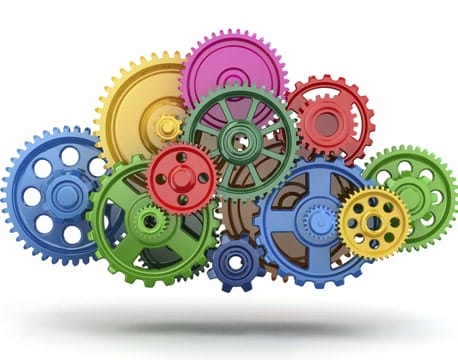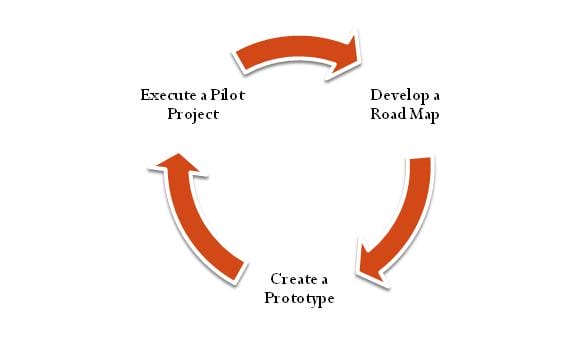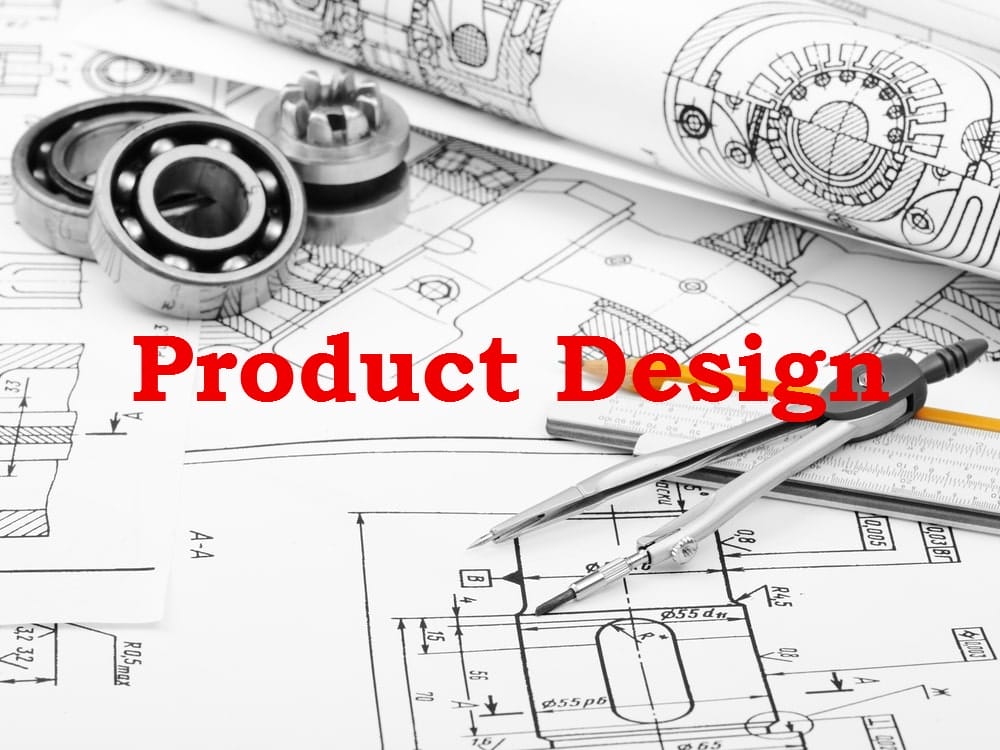29 Jun 2014
How to Keep up with the Altering Ecosystem of New Product Development
The ecosystem of new product development is frequently evolving to meet the changing requirements and preferences of customers. This evolution presents a...

















